Wander Through Warsaw's Historic Heart
Join us for a captivating free walking tour through Warsaw's hidden gems and vibrant history, exploring the city's rich cultural tapestry and architectural marvels.
Time
3 Hours
Stops
9 Places
Distance
3.0 km
Castle Square (Plac Zamkowy)
Begin your tour in the historic heart of Warsaw at Castle Square, a vibrant spot that features the iconic Sigismund's Column and offers a gateway to the Old Town.
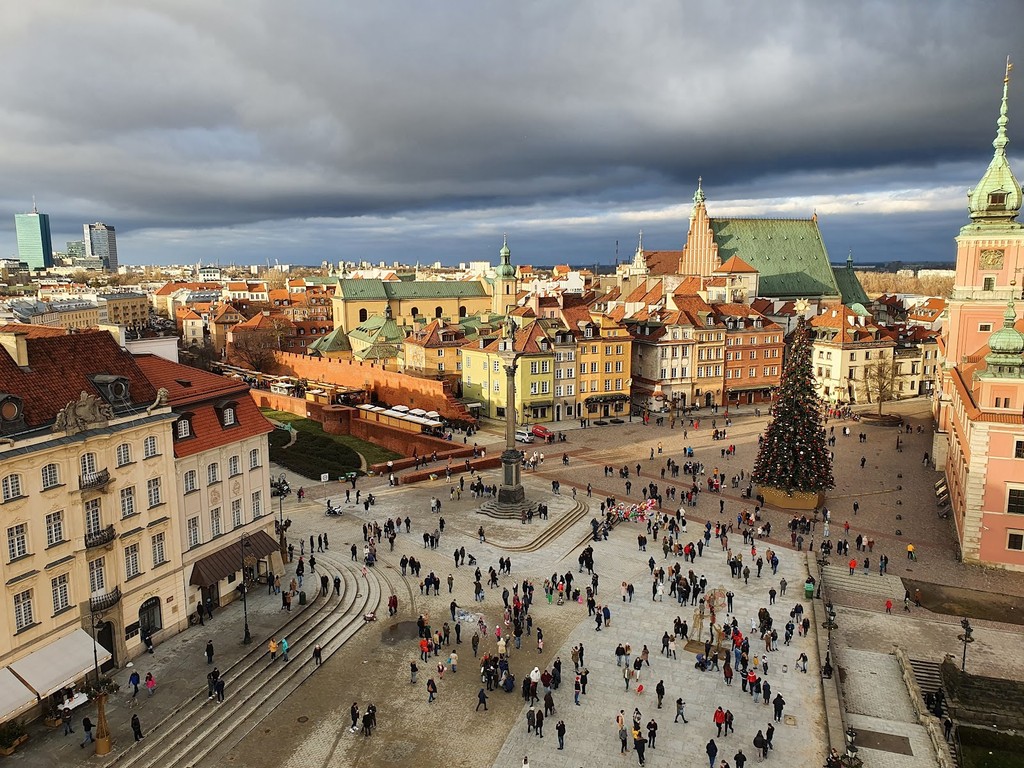
Castle Square (Plac Zamkowy) (Source: Google Maps)
Castle Square, or Plac Zamkowy, is the historical heart of Warsaw. It features the iconic Sigismund's Column, a monument erected in 1644 to honor King Sigismund III Vasa, who moved the capital from Krakow to Warsaw. This vibrant square has been a witness to numerous historical events and gatherings, making it a significant site for both locals and tourists. The surrounding architecture showcases a blend of Baroque and neoclassical styles, reflecting the city's rich history and resilience. The square serves as a gateway to the Old Town, a UNESCO World Heritage site, where visitors can explore cobblestone streets lined with colorful buildings, cafes, and shops, immersing themselves in the lively atmosphere.
Royal Castle (Zamek Królewski)
Just a short walk from Castle Square, the Royal Castle serves as a symbol of Poland's rich history and resilience, having been meticulously reconstructed after WWII.
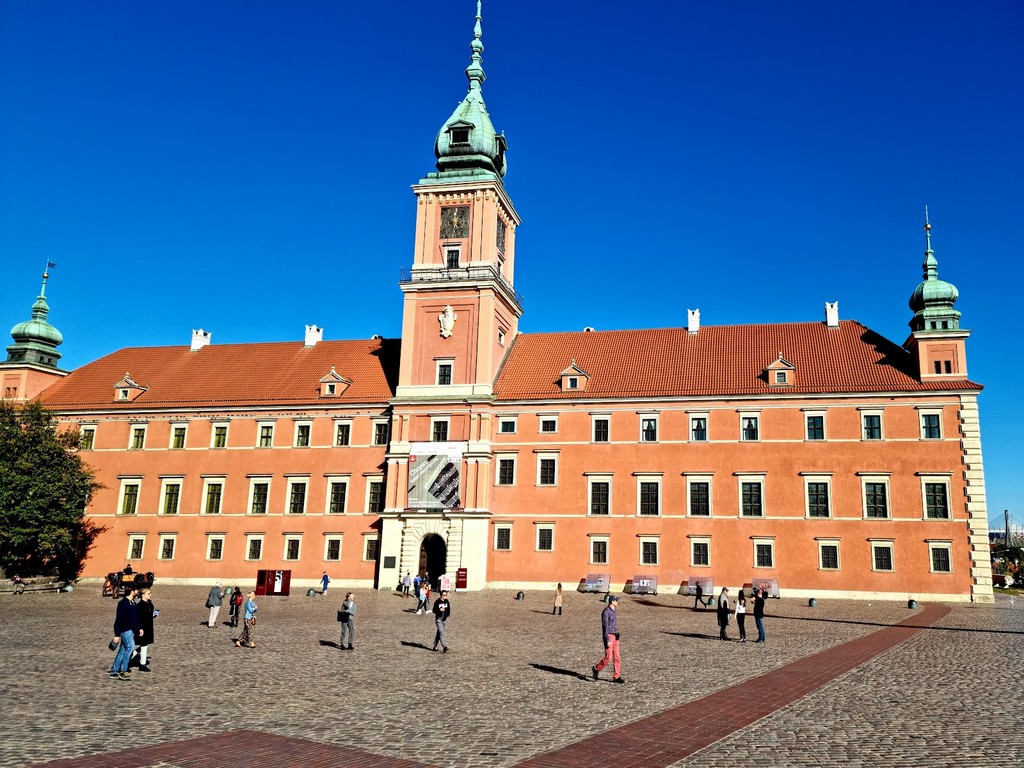
Royal Castle (Zamek Królewski) (Source: Google Maps)
The Royal Castle, or Zamek Królewski, stands as a symbol of Poland's resilience and rich history. Originally built in the 14th century, it served as the royal residence and the seat of Polish kings. The castle was heavily damaged during World War II but underwent meticulous reconstruction, reopening to the public in 1974. Today, it houses a museum showcasing a vast collection of art, including portraits of Polish monarchs and historical artifacts. The castle's architecture features a blend of Gothic, Renaissance, and Baroque styles, with its distinctive red-brick facade and beautifully restored interiors. Visitors can explore grand halls, the throne room, and the stunning courtyard, all of which narrate the story of Poland's royal past.
St. John's Archcathedral (Katedra św. Jana)
Continue your journey to this Gothic-style cathedral, which has witnessed many significant events in Polish history and offers a serene place for reflection.
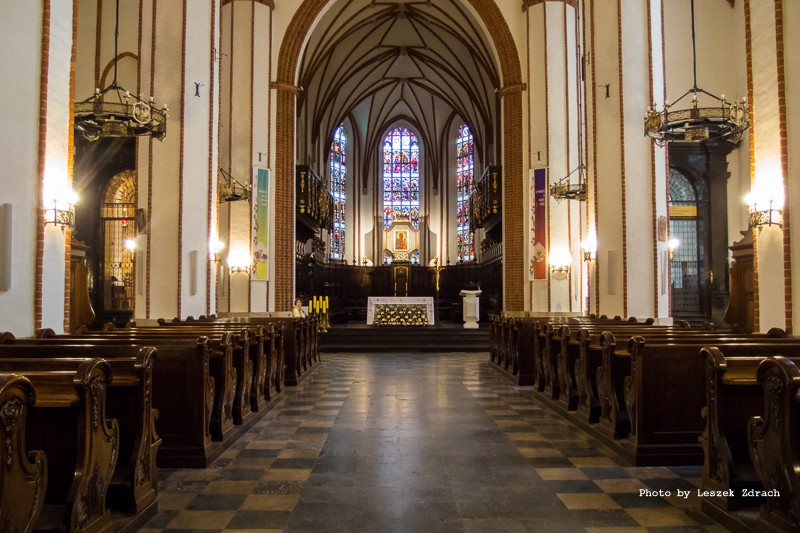
St. John's Archcathedral (Katedra św. Jana) (Source: Google Maps)
St. John's Archcathedral, or Katedra św. Jana, is a stunning example of Gothic architecture and one of the most significant churches in Poland. It dates back to the 14th century and has played a vital role in Polish history, serving as the site for royal coronations and important state ceremonies. The cathedral features beautiful stained-glass windows, intricate altars, and a remarkable wooden baroque organ. Over the centuries, it has witnessed numerous historical events, including the partitions of Poland and World War II. The cathedral was severely damaged during the war but has since been restored to its former glory. Today, it stands as a serene place for reflection and a testament to the enduring spirit of the Polish people.
Market Square (Rynek Starego Miasta)
Explore the colorful and charming Market Square, where you can admire the beautifully restored merchant houses and lively atmosphere.
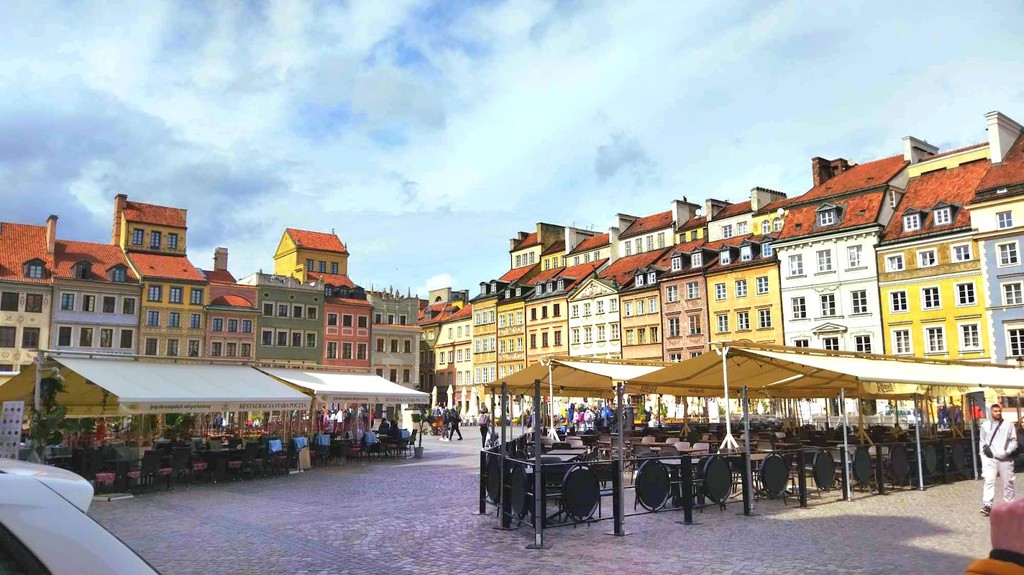
Market Square (Rynek Starego Miasta) (Source: Google Maps)
Market Square, or Rynek Starego Miasta, is the vibrant heart of Warsaw's Old Town, known for its colorful merchant houses and lively atmosphere. The square has been a central gathering place since the city's founding in the 13th century, bustling with activity from markets, festivals, and cultural events. The beautifully restored buildings, featuring a mix of architectural styles, reflect the rich history of Warsaw. Notable landmarks in the square include the statue of the Warsaw Mermaid, a symbol of the city, and the historic Town Hall. Visitors can enjoy outdoor cafes, street performances, and local artisans selling crafts, all set against the backdrop of this UNESCO World Heritage site. The Market Square encapsulates the charm and resilience of Warsaw's spirit.
Warsaw Barbican
A short walk from the Market Square, the Warsaw Barbican is a remnant of the city's medieval defensive walls, offering a glimpse into its fortified past.
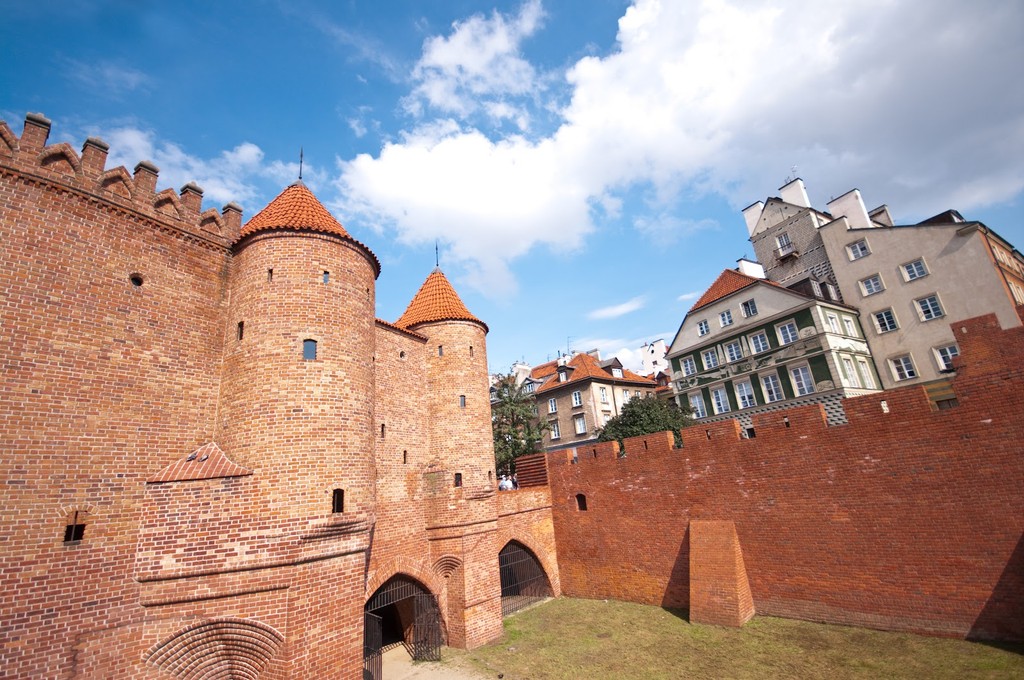
Warsaw Barbican (Source: Google Maps)
The Warsaw Barbican is a remarkable remnant of the city's medieval fortifications, dating back to the 16th century. This semi-circular structure served as a defensive wall and a gateway into the Old Town, showcasing the military architecture of the time. The Barbican was designed by Italian architect Giovanni Battista de Rossi and features thick brick walls adorned with towers and battlements. Although it was heavily damaged during World War II, it has been meticulously reconstructed and now serves as a popular tourist attraction. The surrounding area offers picturesque views of the Old Town and is often bustling with visitors exploring the nearby cafes and shops. The Warsaw Barbican stands as a testament to the city's fortified past and its enduring spirit.
Monument to the Warsaw Uprising
Pay homage to the heroes of the Warsaw Uprising at this powerful monument, which commemorates the city's courageous resistance during WWII.
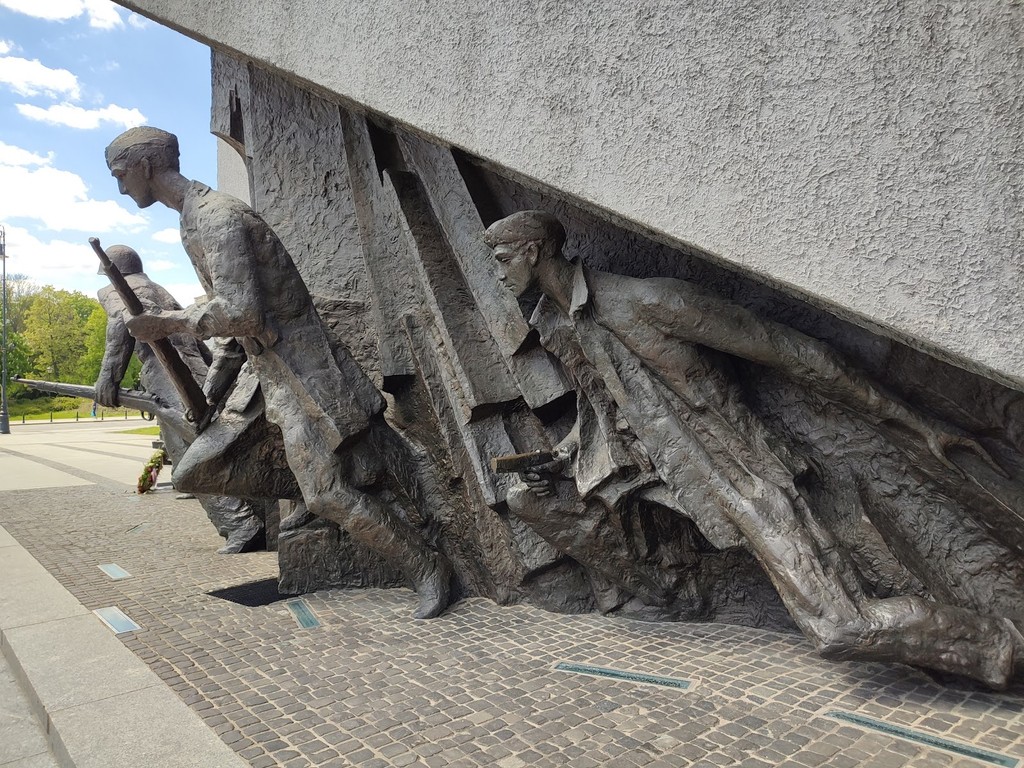
Monument to the Warsaw Uprising (Source: Google Maps)
The Monument to the Warsaw Uprising is a powerful tribute to the bravery and sacrifice of those who fought during the 1944 uprising against Nazi occupation. Designed by sculptor Wincenty Kuśniewicz, the monument depicts insurgents in action, symbolizing their struggle for freedom. The uprising, although ultimately unsuccessful, was a significant event in Polish history, highlighting the resilience of the Warsaw populace. The monument is located in the heart of the city and serves as a place of remembrance and reflection for visitors and locals alike. It is surrounded by plaques detailing the history of the uprising and the stories of those who participated. The monument stands as a poignant reminder of the courage and determination of the Polish people in their quest for liberation.
Krasiński Palace
Wander towards the elegant Krasiński Palace, an architectural gem that now houses part of the National Library.
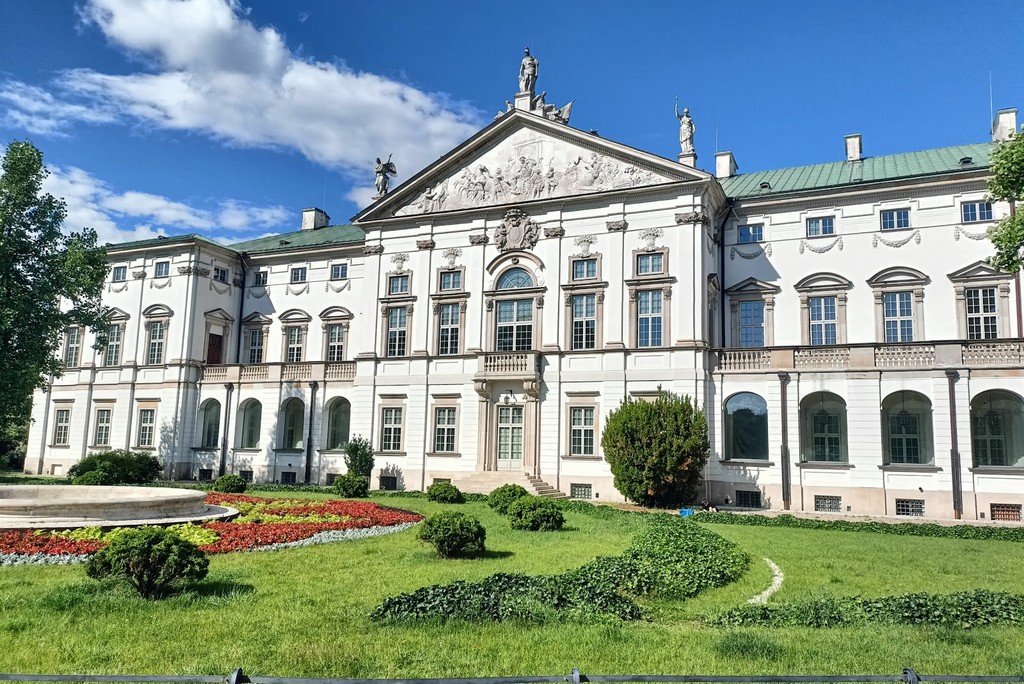
Krasiński Palace (Source: Google Maps)
The Krasiński Palace, an elegant architectural gem, is one of Warsaw's most important historical buildings. Constructed in the 18th century, it showcases a neoclassical style with its grand facade and beautifully landscaped gardens. Originally built as a private residence for the Krasiński family, the palace has undergone various transformations throughout its history. Today, it houses part of the National Library of Poland, making it a vital center for research and cultural preservation. The interior features opulent rooms adorned with historical furnishings and artworks, offering a glimpse into the lives of the Polish nobility. The surrounding gardens are perfect for leisurely strolls, providing a tranquil escape in the bustling city. The Krasiński Palace stands as a testament to Poland's rich cultural heritage and architectural beauty.
Saxon Garden (Ogród Saski)
Take a leisurely stroll through the Saxon Garden, one of the oldest public parks in Warsaw, offering a tranquil escape with beautiful landscapes and historic sculptures.
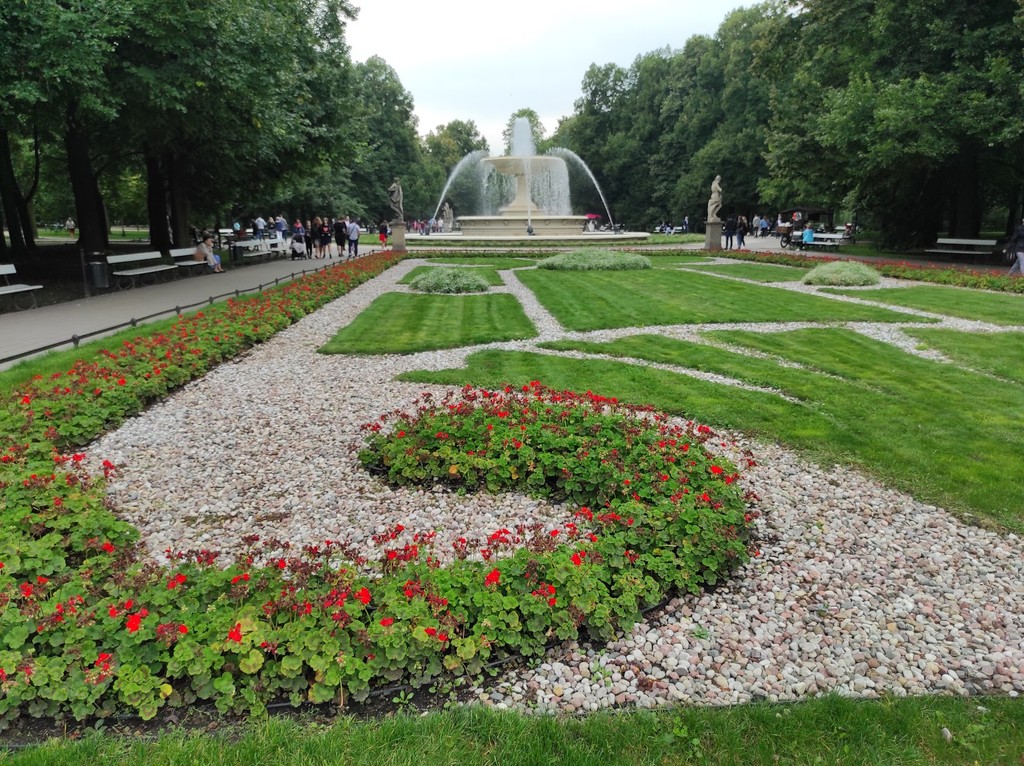
Saxon Garden (Ogród Saski) (Source: Google Maps)
The Saxon Garden, or Ogród Saski, is one of the oldest public parks in Warsaw, dating back to the 18th century. Originally designed as a royal garden, it features a harmonious blend of formal landscaping and natural beauty. The park is characterized by its tree-lined avenues, picturesque ponds, and beautifully manicured flower beds, offering a serene escape from the urban bustle. Among its notable features are the Tomb of the Unknown Soldier and several historic monuments and sculptures. The garden has been a popular spot for relaxation and leisure for both locals and tourists. Over the years, it has hosted various cultural events and festivals, contributing to its vibrant atmosphere. The Saxon Garden serves as a testament to Warsaw's commitment to preserving green spaces and providing a tranquil environment for the community.
Tomb of the Unknown Soldier
Conclude your tour at the Tomb of the Unknown Soldier, a solemn and respectful tribute to the countless unidentified soldiers who died fighting for Poland.
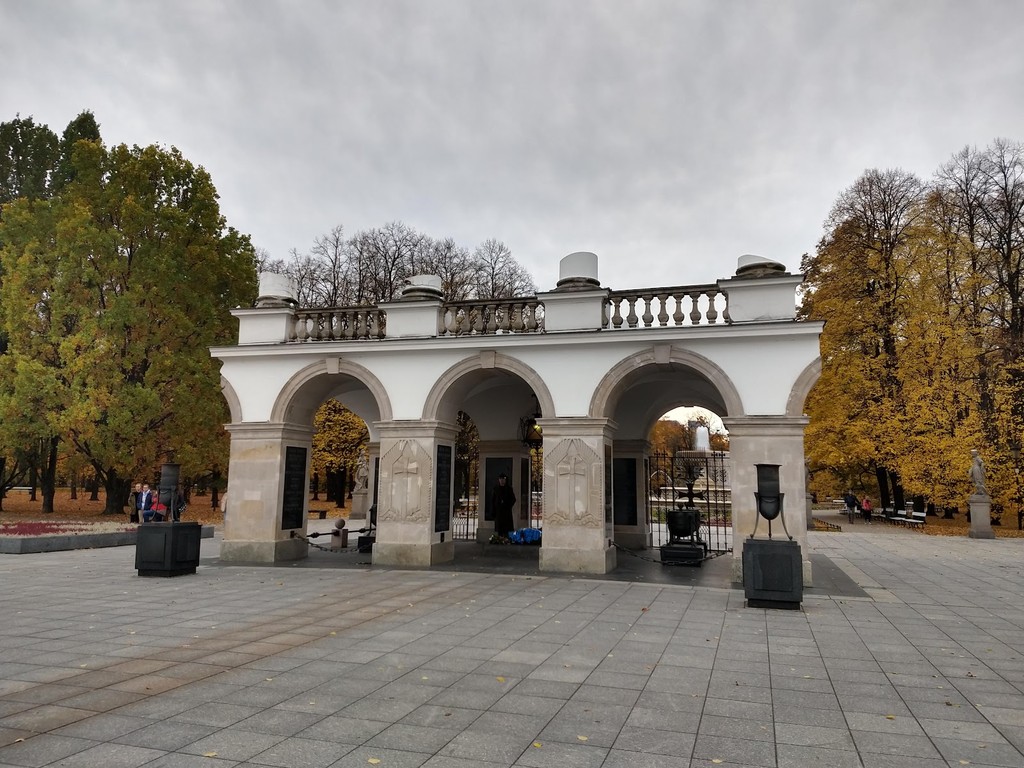
Tomb of the Unknown Soldier (Source: Google Maps)
The Tomb of the Unknown Soldier is a solemn monument dedicated to the unidentified soldiers who died fighting for Poland. Located in Warsaw's Saxon Garden, it was established in 1925 as a tribute to the sacrifices made during World War I and subsequent conflicts. The monument features an eternal flame, guarded by soldiers, symbolizing the memory of those who gave their lives for the nation. It serves as a place of reflection and remembrance for visitors, especially on national holidays when ceremonies are held to honor the fallen. The Tomb of the Unknown Soldier stands as a poignant reminder of the cost of freedom and the enduring spirit of the Polish people. It is a significant site for both locals and tourists, fostering a sense of national pride and unity.

Your travels, your rules.
Create your own Free Walking Tours.
Set your preferences, distances and anything you want to do or see.
Completely free, no payment required.